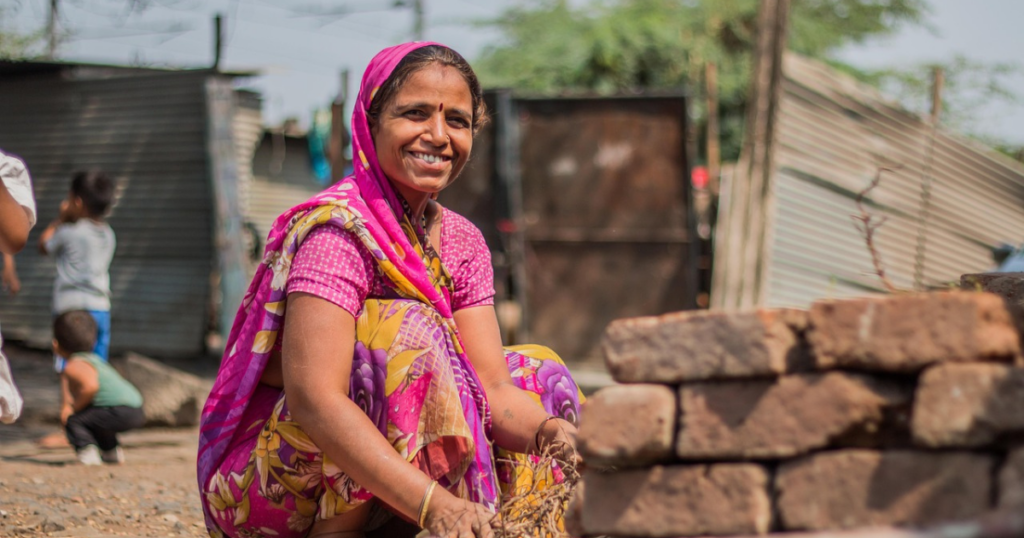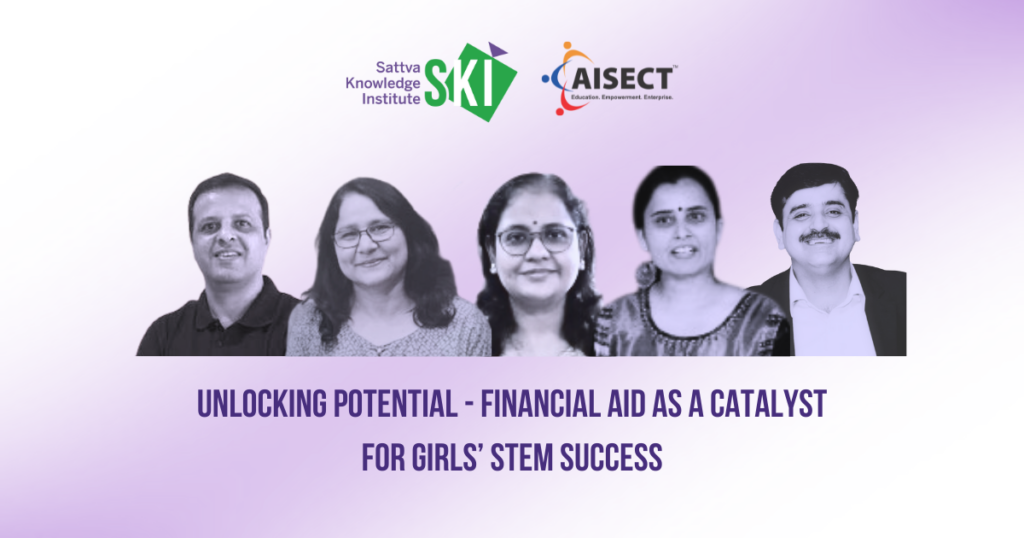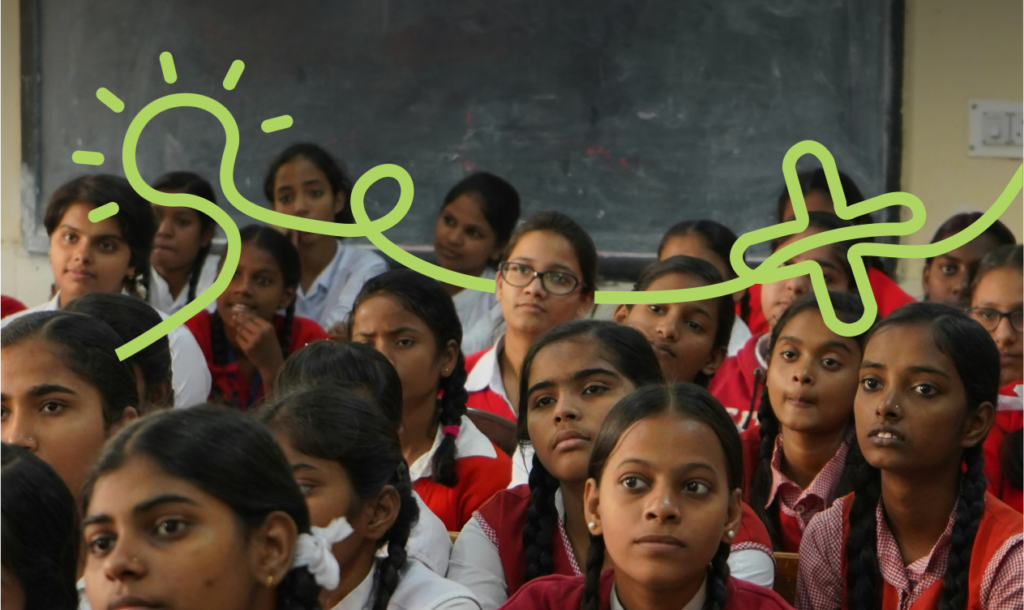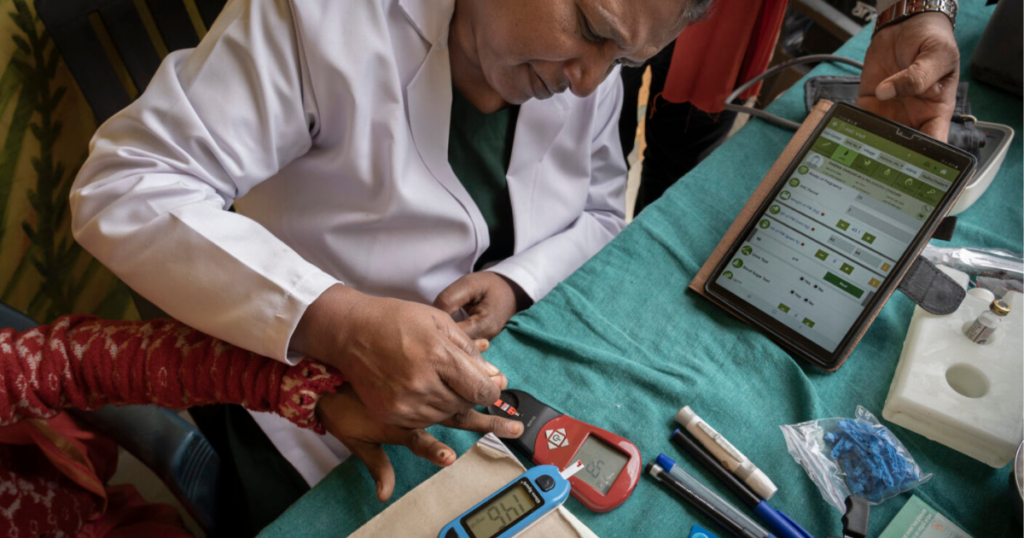The economic landscape in India is at a pivotal juncture. The potential for women’s labour remains vastly untapped, posing a significant challenge to maximising national economic growth. Despite women constituting over half of the working-age population, their participation in measured economic activities is low, highlighting a critical gap in harnessing the full potential of the workforce. The Gender-intentional Livelihoods Design framework is designed to dissect and understand the myriad factors influencing women’s labour force participation in a dynamic economic context.
Rooted in a comprehensive analysis that spans across social, economic, political, and infrastructural dimensions, this framework presents a nuanced understanding of the determinants at play. From societal norms and cultural expectations to the macroeconomic environment and infrastructural adequacies, the framework delineates how these determinants collectively influence women’s decisions to enter, remain in, or exit the workforce. At the heart of our framework is the agency; the capacity of a woman to pursue
goals without facing retribution in the form of social stigma or professional disadvantage.
The Gender-intentional Livelihoods Design framework is not merely a diagnostic tool, but a potential blueprint for sustainable and impactful solutions. Through the use of personas, the framework demonstrates its applicability in understanding the breadth and depth of factors influencing women’s work in India. These personas highlight the necessity of addressing both visible barriers and underlying issues to design effective solutions. Through targeted interventions informed by this framework, stakeholders have the opportunity to craft policies, programmes, and initiatives that not only address immediate barriers but also dismantle the underlying structures perpetuating inequalities. The framework thus informs action at three levels. It enables a deeper understanding of the stressors that undermine women’s labour and impact her participation and factors which contribute to her agency. It can inform the design of holistic, relevant and contextual solutions across the continuum of economic empowerment of women.
This framework lays the groundwork for catalysing systemic change by identifying leverage points where interventions can have the most significant and scalable impact. It operates on the premise that acknowledging and addressing the full spectrum of determinants affecting women’s labour participation are essential to gender-inclusive economic growth. Linking this approach of understanding the determinants of women’s labour to a theory of change can help elucidate how a project, policy, strategy,
programme, or other initiative contributes towards the intended agency outcome.
Authors: Tripti Naswa and Sadhana Sanjay




